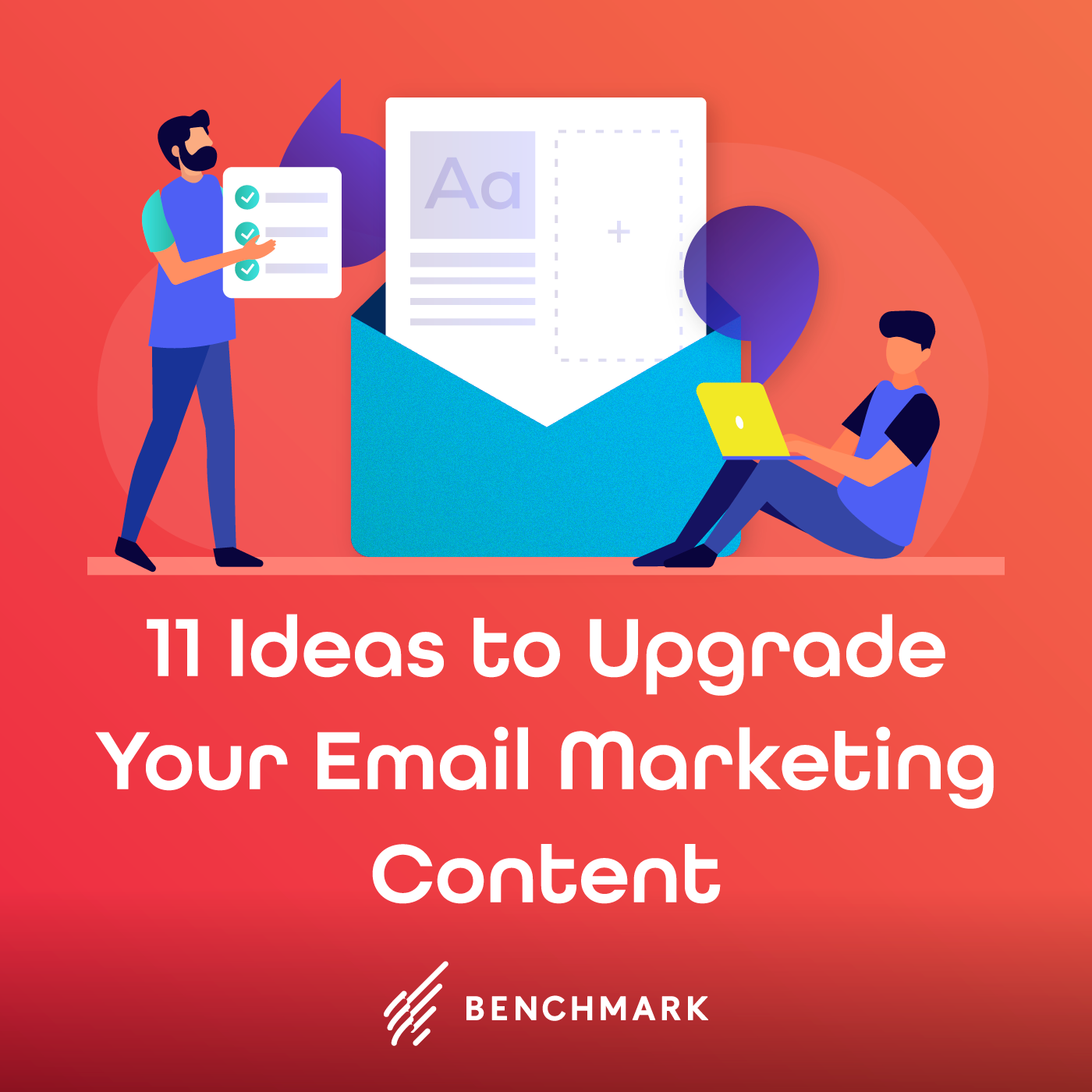
Advertising offline is an important part of any marketing strategy. Effective campaigns generate action and engage the audience. You can measure the effectiveness and impact of your advertising efforts by using data from offline campaigns. Direct mail can inspire customers and encourage them to bring coupons into your store. TV commercials may cause viewers to call in to get discounts. Similar to posters and newspaper ads, posters can inspire readers to desire.
Offline advertising has one major drawback. It is difficult to track the results. Online advertising campaigns can easily be measured and analyzed. Digital ads are also less expensive than traditional ads. However, you need to consider that offline ads take longer to create a positive impact, and they don't have the same tracking options as their online counterparts. Furthermore, offline advertising is expensive, so small businesses aren't able to afford it.

Offline advertising has many advantages. It is also more affordable than online advertising. Online advertising is much cheaper than offline advertising. Second, it is more flexible. You can be as specific as you like when you create a digital advertisement. Your ads can be customized. This allows you tailor your advertising strategy to your needs. Online advertising also offers flexibility. If you need to advertise a product or service immediately, you can start an online ad campaign with a small budget.
Offline advertising has the added benefit that it doesn’t require any internet connections or electronic devices. For offline marketing campaigns to be successful, you don’t need expensive tools nor an active internet network. This means that you can use your marketing budget to support offline media while still focusing on online. It is also less expensive than online marketing. It's also much cheaper than online marketing. This way, you can measure the effectiveness of your ads and adjust accordingly.
Offline marketing can increase your web presence, and also generate a wider audience. Combining both can help ensure your company provides a great experience for customers. For instance, TV and radio ads often share social media profiles. Using both types of media in conjunction with each other can result in increased traffic and revenue for your company. Online and offline advertising can be combined to create a powerful digital marketing strategy.

There are many benefits to offline advertising. It is more efficient than online newsletters. In 2016, the majority of Americans will purchase a catalog. By contrast, people who visit shopping malls or go through billboards will look up the company's website. This will increase the likelihood of the company selling. Use a variety offline advertising techniques. Achieve high visibility on the marketplace
FAQ
How can I improve my content marketing strategy?
Your content marketing strategy can be improved by focusing on audience. Content, distribution, and other factors. Understanding your ideal customer is the first step to improving your content marketing strategy. Next, understand where your customers hang out online. You can then tailor your content for them once you have this information. You must also develop a distinctive voice and style that sets you apart from your competitors. Third, you must figure out how to efficiently distribute your content.
Why is content so important
Every digital marketing campaign is dependent on content. Create valuable content if you want to attract customers. The best way to do this is through blogging. Blogs help you establish authority in your niche and make you more trustworthy. Trustworthiness builds credibility and leads to higher search engine rankings. Organic searches are more popular than search engine rankings.
Why do I need to have a Content Marketing Strategy. Why should I not only send out emails, but also post social media updates.
There are two main reasons that you might ignore a Content Marketing Strategy.
-
It might seem that social media posts and email marketing are sufficient to get people talking.
-
This type of content might not be practical if you haven’t yet tried social media posting or email marketing.
Both assumptions are incorrect.
Email marketing and social media posts are great ways to connect with prospects and customers. They aren't sufficient by themselves.
An email campaign alone won't help you reach your goals. It should be part of a larger strategy. Your goals will not be achieved by social media posts. They must be part of a comprehensive plan.
This is where a Content Marketing Strategy comes in. A Content Marketing Strategy is a plan that sets clear goals for each piece. This will allow you to manage the entire content creation process.
You'll have more time to concentrate on other important aspects of running your company, such as growing your audience and increasing conversions.
Although there are many benefits to a Content Marketing Strategy it does not mean that it is easy.
But, having a strategy in place makes all the difference.
Is content marketing simple to measure?
Yes! Measuring results is part of the process. It will help you decide if your efforts were a success and if you have to make any adjustments.
You can track which visitors came from different sources (emails, social media, paid advertisements, etc.) and track conversions, such as sales leads and purchases.
These metrics tell you which parts of your content are performing well and where you have the greatest potential.
What are the different content strategies available?
Content strategy is a general term that describes all aspects of how content is created, managed, distributed, measured, and optimized for digital channels. This includes not only what you post on social media sites like Facebook and Twitter, but also what you highlight on your website, blog and other online properties.
Content strategy is vital because it determines how you will focus your time and effort, the content types you should use, as well as what message you send to your target audiences.
It's all about understanding how content fits into your overall business goals and objectives in order to help achieve them.
Statistics
- Companies that use content marketing see approximately 30% higher growth rates than businesses not using it. (mailchimp.com)
- In fact, would pay more for a better customer experience, and 86% of B2B buyers would pay more. (neilpatel.com)
- Forty-seven percent of buyers view 3 to 5 pieces of content before engaging with a sales representative. (mailchimp.com)
- To further show the importance of this, 89% of people have stopped doing business with a company because of a poor experience. (neilpatel.com)
- Content marketing produces 3X more leads per dollar spent. Content marketing costs 62% less than traditional marketing. (criteo.com)
- According to the Content Marketing Institute, 70% of B2B marketers and 86% of B2C marketers surveyed use content marketing in some form or other. (criteo.com)
- According to research compiled by Coschedule: Companies that publish 16+ blog posts a month get as much as 3.5x as much traffic as those that publish 0-4 posts a month. (criteo.com)
- Measure your goals with a progress indicator of 0-100%. Make your goals collaborative and transparent (semrush.com)
External Links
How To
What are some of the best content marketing tools?
While no platform works for all industries, there are some that work well in certain industries. Hubspot has been demonstrated to increase conversions by nearly half, making it a widely-used tool for marketers.
There are many tools out there that offer different features. Some offer better analytics tracking, others allow for easier collaboration between different teams, and others offer features such as A/B testing that may improve your content marketing ROI.
Before you make a choice about which platform to use, consider these: What are its pros and cons? Will it meet my needs now? What about in two years?
Entrepreneur Magazine identifies the top 5 content marketing platforms.
Marketo Content Studio #1 Content Marketing Platform
Marketo is a social media management platform for enterprises. It offers a full range of services and products, including CRM software as well as social publishing tools and dashboards.
The company also offers a content studio, which gives businesses access to pre-made templates and graphics. These can then be modified into customized designs.
This means that you don't need to spend time creating graphics or writing original content. Instead, your focus can be on creating engaging content that speaks directly with your audience.
Marketo makes it easy to include images and videos in your blog posts. This improves the visual appeal of your posts and encourages readers to engage with them.
Marketo will not allow you to edit video or images files.
Trello is the Content Marketing Platform#2
Trello is similar to Kanban boards in project management. Both offer lists of tasks that can be assigned and tracked by users.
Trello allows you create individual boards for each member of your team and assign them specific responsibilities. It allows you to share information among workers in a simple workflow.
Trello, however, doesn't need any special software to work. You can use it on practically any device.
Another key difference is that Trello lets you invite people to collaborate on projects without having to share sensitive data.
This means that you can create a private Board and share only the most important details with those who need it to complete a task.
Google Suite 3: Content Marketing Platform
Google has a wide range of products designed specifically for business owners. The company's G Suite includes Google Docs, Sheets, Slides, and more.
These applications aren’t free. Each user will have to be paid separately. If you intend to use them multiple times, there are many plans that start at $5 per monthly.
You would need two licenses if you wanted to create a document or embed a link from another site.
However, if you just want to create one document, you can do so for free.
Google tools integrates well with Gmail, which is a significant benefit. Google tools are easy to use and allow you to email links to documents. You can also store data in Google Drive.
Hubspot Content Management Platform 4
HubSpot, a web-based marketing tool with a lot of functionality, is highly popular.
The platform allows users to manage all aspects of their website, landing pages, blogs and other websites. They can also create automated emails and track conversions.
HubSpot integrates with Salesforce and WordPress so that you can connect all three.
HubSpot's integration with over 200 third-party apps is one of the best features. This allows you to automate processes and create reports based upon real-time data.
You won't have the ability to publish content directly via HubSpot. However, you can export it to many formats, such as HTML, PDF, Word.
HubSpot offers a free trial version when it comes to pricing. HubSpot offers a free trial version. However, you can upgrade to a paid account to gain unlimited access.
HubSpot has everything you need, whether you're looking for an eCommerce platform or a blog platform.